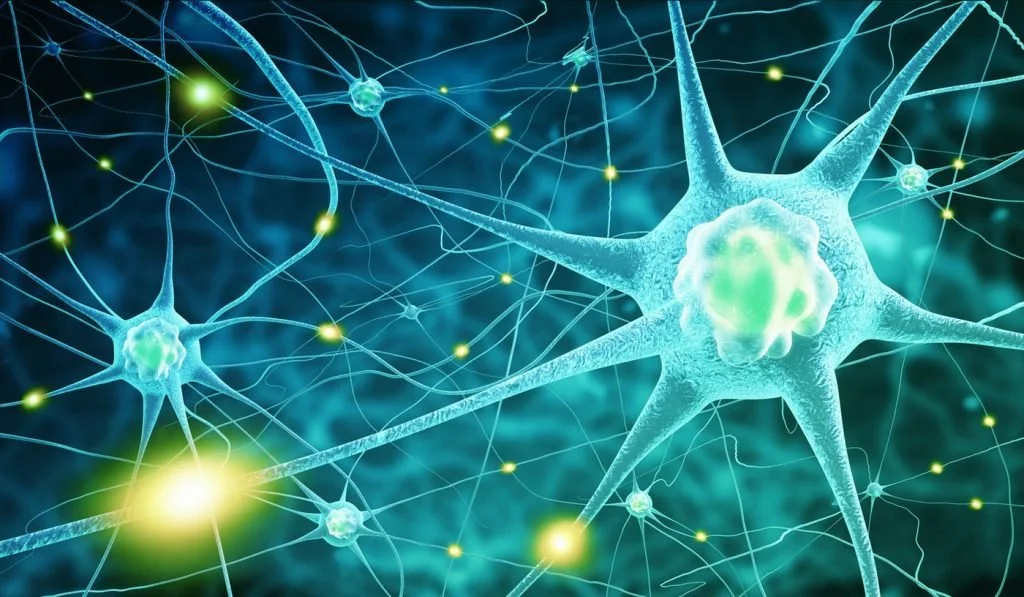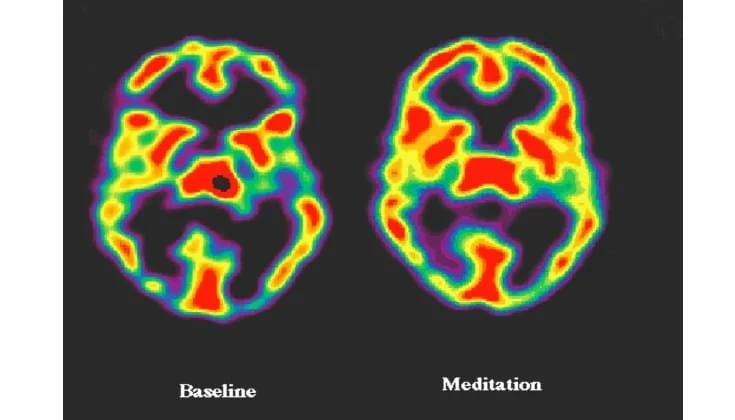Welcome to a space of self-discovery and self-care. In a world that often encourages us to be tough on ourselves, it's essential to explore the profound concept of self-compassion. Let's embark on a journey together, uncovering the beauty and transformative potential of embracing ourselves with kindness, understanding, and love.
The Essence of Self-Compassion
Defining Self-Compassion: Self-compassion, as proposed by Dr. Kristin Neff, involves treating ourselves with the same kindness, care, and understanding that we would offer to a good friend during challenging times. It's acknowledging our own suffering without judgment and responding with a heart of compassion.
The Three Elements of Self-Compassion:
Self-Kindness: Being warm and understanding toward ourselves rather than harshly self-critical. Embracing ourselves as we are, flaws and all.
Common Humanity: Recognizing that suffering and imperfection are part of the shared human experience. We're not alone in our struggles, and we all go through difficult times.
Mindfulness: Holding our feelings and thoughts in balanced awareness, neither suppressing nor exaggerating them. Mindfulness allows us to observe our experiences without being consumed by them.
Cultivating Self-Compassion
1. Start with Awareness: Begin by recognizing moments of self-criticism or self-judgment. Be mindful of the language you use internally and the emotions that arise in challenging situations.
2. Practice Self-Kindness:
Positive Affirmations: Replace negative self-talk with positive affirmations. Speak to yourself with the same warmth and encouragement you would offer a close friend.
Self-Care: Prioritize self-care routines that nourish your body, mind, and soul. Whether it's a warm bath, a good book, or a walk in nature, honor your need for rejuvenation.
3. Connect with Common Humanity:
Share Your Story: Open up to trusted individuals about your struggles. You'll often find that others have faced similar challenges, fostering a sense of shared understanding and support.
Join Supportive Communities: Engage with groups or online communities that embrace and practice self-compassion. Sharing experiences with like-minded individuals can be profoundly comforting.
4. Cultivate Mindfulness:
Meditation: Integrate mindfulness meditation into your daily routine. It can be a few minutes of focused breathing or a body scan to stay present and attuned to your thoughts and feelings.
Gratitude Practice: Take time each day to reflect on what you're grateful for. This cultivates a positive mindset and encourages appreciation for yourself and your journey.
Embracing the Transformative Power
1. Enhanced Resilience:
Self-compassion builds emotional resilience, allowing you to bounce back from setbacks with grace and determination.
By nurturing a kinder relationship with yourself, you're better equipped to face life's challenges and uncertainties.
2. Improved Well-Being:
Studies indicate that self-compassion is linked to lower levels of stress, anxiety, and depression.
When you treat yourself with compassion, you promote overall well-being and a more positive outlook on life.
3. Deepened Relationships:
Being kind to yourself enables you to extend that kindness to others, fostering healthier and more authentic relationships.
Compassion for oneself often translates into a greater capacity to empathize and connect with the experiences of others.
Closing Thoughts
Self-compassion is not about self-indulgence or avoiding personal growth. It's about creating a nurturing inner environment where growth, healing, and self-improvement can flourish. As you embark on this journey of self-discovery and embrace the gentle power of self-compassion, may you find peace, joy, and the resilience to face life's ups and downs with a compassionate heart. Remember, you are deserving of love, from others and most importantly, from yourself.





















